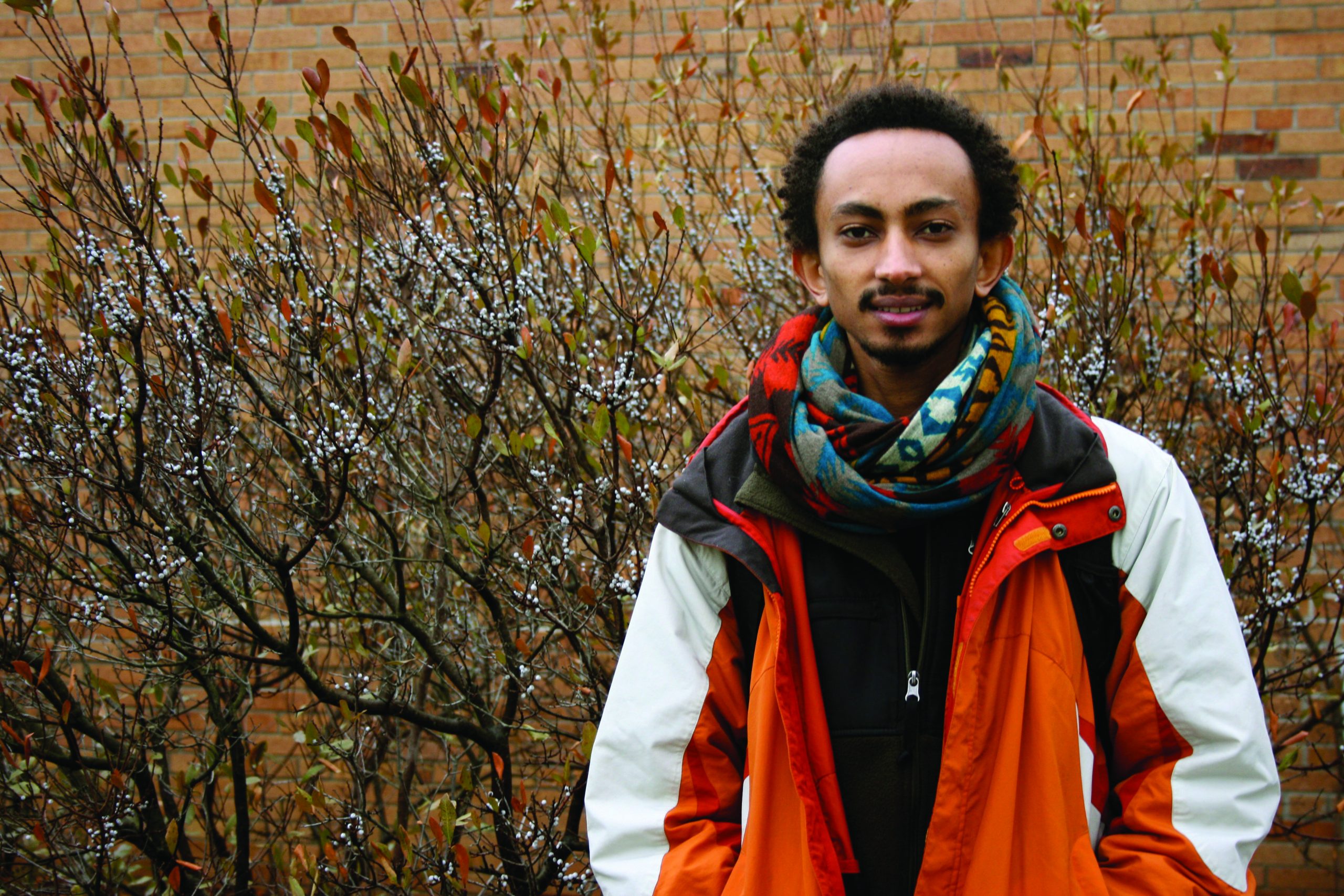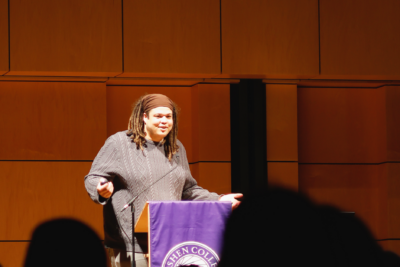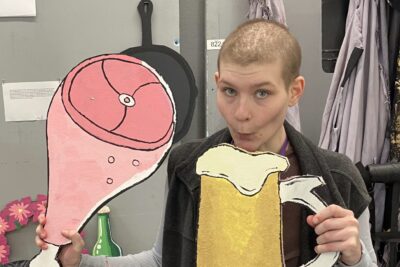The Goshen Art Center has, for the past four months, been developing a wider sphere of influence in the larger Goshen community through its new location on Lincoln Street. Abi Tsigi, a photographer and 2011 graduate of Goshen College, has been renting space for his budding photography company, Ras Studio.
Out of the nine rooms that the Goshen Arts Center calls home above the Republican Headquarters in downtown Goshen, Tsigi uses two for gallery space, one for studio and office space and the remaining he shares with the other tenants and artists of GAC. Those artists include painters, musicians, potters and, like Tsigi, photographers.“The space is basically available for any artist who wants the space,” Tsigi said. “Everything but dancing.”
Understandably. The GAC headquarters’ wood floors and time-worn ceilings maintain their aged integrity, but are a more optimal home for hanging art than more active fine arts like dancing. The gallery has a capacity of 50 people.
The grand opening in November for both Ras Studio and for GAC’s new location attracted a wide audience of curious community members, students and fellow artists. Since then, GAC has been welcoming the public to climb up the stairs to the gallery every Thursday, Friday and Saturday at varying hours. They are also open on all First Fridays.
“We decided, ‘Let’s have the front door open and the lights on,’” Tsigi said. “We really have to push it and start new programs so it can be accessed by new people.”
Tsigi has been personally pushing himself into both the business and art of photography since his graduation from Goshen College in the spring of last year. He applied for and received a business grant from GC in response to his proposal to begin an “experimental photography studio” in the downtown area. Tsigi used the money to rent a place with space enough to shoot quality pictures as well as invite friends and customers to see the work he has done.
“Before I had this, I did my shoots in a friend’s garage,” Tsigi said. “Now I can invite people and it can be comfortable.”
The space is definitely large enough to be called comfortable. A series of white walled, dark mahogany paneled rooms wind around the space much like a museum, one opening up to yet another space with even more to look at. Two rooms make up the gallery space. Photographs hang from the ceiling with fishing wire and clothespins, displaying Tsigi’s and fellow artists’ talents. Many of the photos are portraits, some of GC students, and displayed photographs show a range in human emotion, culture and movement.
Tsigi explained, “I like taking photographs of people. I like people a lot.” Yet, he prefers, in sync with the his experimental studio, to do so in a non-conventional way. Most of his capturing is done with film cameras that he purchases second-hand and repurposes for artistic photography.
“That grainy texture…” Tsigi said as he flipped through a series of his black and white film shots. “It’s supposed to be bad—overexposure—some call it bad. But if you wrestle with it, good might come.”


